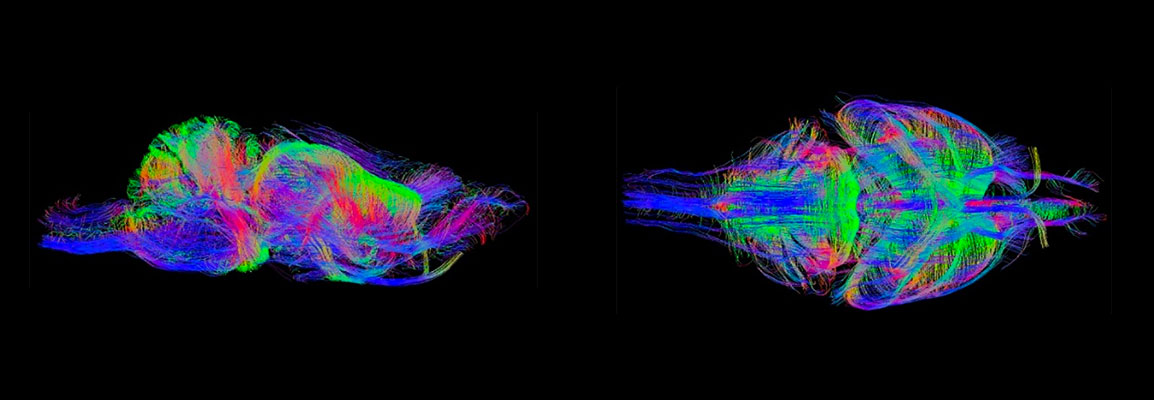

Diffusion MR: Basics and Applications
Diffusion Magnetic Resonance (MR) is ubiquitous in various fields including biomedicine, battery research and petroleum industry and may reveal novel characteristics of the underlying systems in a non-invasive manner. Molecular diffusion is a stochastic process and the molecular diffusion coefficient reflects on the ability of the molecules to “travel” over distances . Fortunately, the length scale , typically of the order of a few microns, is accessible with conventional MR machines. In this webinar we will be focusing on how diffusion MR may be used various fields and introduce its basic concepts.
This webinar took place on September 15th, 2020
What To Expect
We will first introduce the rich physics of diffusion and connect its fundamental principles to the Magnetic Resonance methodology. Illustrative examples such as Spin Echo NMR will make the introduction to diffusion MR, followed by more sophisticated methods, such as diffusion tensor imaging (DTI), that may help visualize the human brain tracts. In addition, applications of in-vivo and ex-vivo diffusion MRI, diffusion NMR in porous media and batteries will be presented.
Key Points
- Diffusion process – Gaussian and non-Gaussian Diffusion
- iffusion Magnetic Resonance – What do we measure with MR?
- Diffusion Tensor Imaging
- Diffusion and Microimaging instrumentation
- Restricted diffusion in porous systems
- Diffusion MRI in the brain and spinal cord
- Exotic Cases
Who Should Attend
This webinar will be especially useful for NMR-MRI users working on diffusion and microimaging techniques. The first part of the webinar namely, “Diffusion Basics”, will be particularly relevant for those who need an overview of the physics of diffusion, as this introduction will glimpse through the salient concepts of transport. The second part will give the attendees an overview of what is achievable with diffusion MR techniques.
Speakers
Dr. Klaus Zick
Bruker BioSpin GmbH Germany
Graduated from University of Stuttgart after performing Field Cycling NMR on organic conductors as part of the work by Prof. Mehring's group. He then completed his PhD at Max Planck Institut für Metallforschung in Stuttgart, where he investigated self-diffusion of lithium atoms in lithium metal using PFG-NMR and Fast-Field-Cycling NMR. For many years now, Klaus Zick has worked for the Bruker micro imaging group, mainly dealing with high-power gradient diffusion NMR.
Dr. Antonios Papaioannou
Application Scientist
Antonios received his PhD in experimental physics from the City University of New York, NY, USA, investigating diffusive transport in disordered media using Magnetic Resonance methods. During his studies, he also spent a summer working at Schlumberger Doll Research in Boston, MA, USA, developing novel techniques for detecting stored gas in nano-porous systems utilizing high field NMR. Antonios, continued his research endeavour at the radiology department of New York University Medical Center. His research was focused on studying in-vivo and ex-vivo diffusion MRI of the human brain and spinal cord. Since 2019, Antonios is an application scientist at the diffusion and microscopy group of Bruker Biospin, based in Rheinstetten, Germany.
Dr. Thomas Oerther
Product Manager – Application Scientist
He carried out his studies at the Karlsruhe University of Applied Sciences, followed by a PhD work at the Heidelberg University investigating trabecular bone structures using magnetic resonance imaging.Since more than 20 years he works for Bruker BioSpin GmbH at the MR Microscopy / MR Diffusion application group, focusing on hardware and software development, applications as well as customer support, especially in the field of imaging.